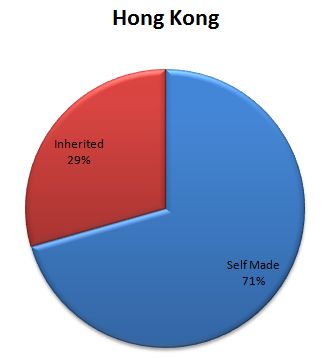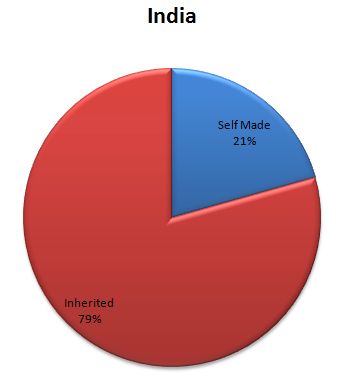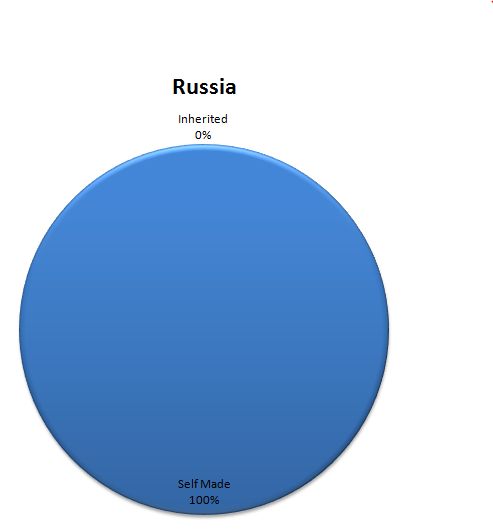
I first heard about microfinance at a private equity summit from a man named Mike Murray. He was a keynote speaker and the Chairman of Unitus Capital. He was a very easy going person, a great guy that truly cared about helping people. He had made a bundle working with Bill Gates and Steven Ballmer at Microsoft. Instead of retiring, he pursued philanthropy.
He went on to describe microfinance and the power of helping people that needed small amounts of capital to lift themselves out of poverty. Because of the nature of the loans and the social structures the re-payment rate is very high (well above 90%). In a small village many of these loans were taken out in groups. The group structure provided the needed pressure for individuals to pay loans back. Most of the loans were for a short period of time; less than 90 days.
The problem with microfinance came when he discussed the interest rate they charged on these loans. A one month loan would have a 10% fee. These kinds of interest rates are still the norm even today.
APRs over 120%….Are you kidding me?
This summit was attended by MBAs from the best schools in the nation. Mike Murray seemed like a very nice person and very intelligent. Why wasn’t anyone asking the question about the absurd interest rate? If the default rate was higher I could understand the lending rate being higher. An annual percentage rate of 120% being sold as “helping end poverty” seemed wrong to me.
I love the idea of microfinance and helping entrepreneurs in 3rd world countries. Are there any microfinance organizations that don’t charge “pay day loan” type fees and interest rates?









